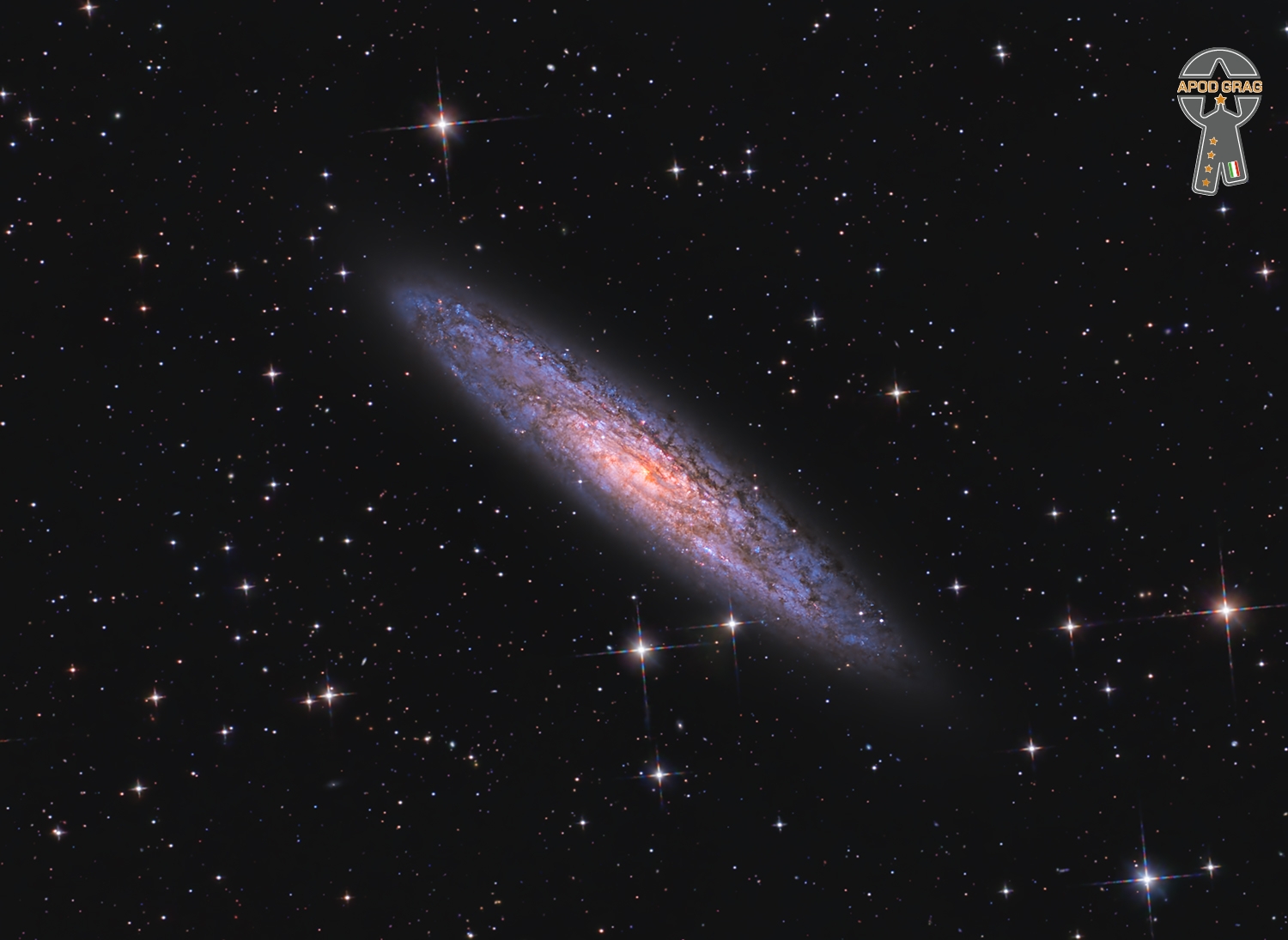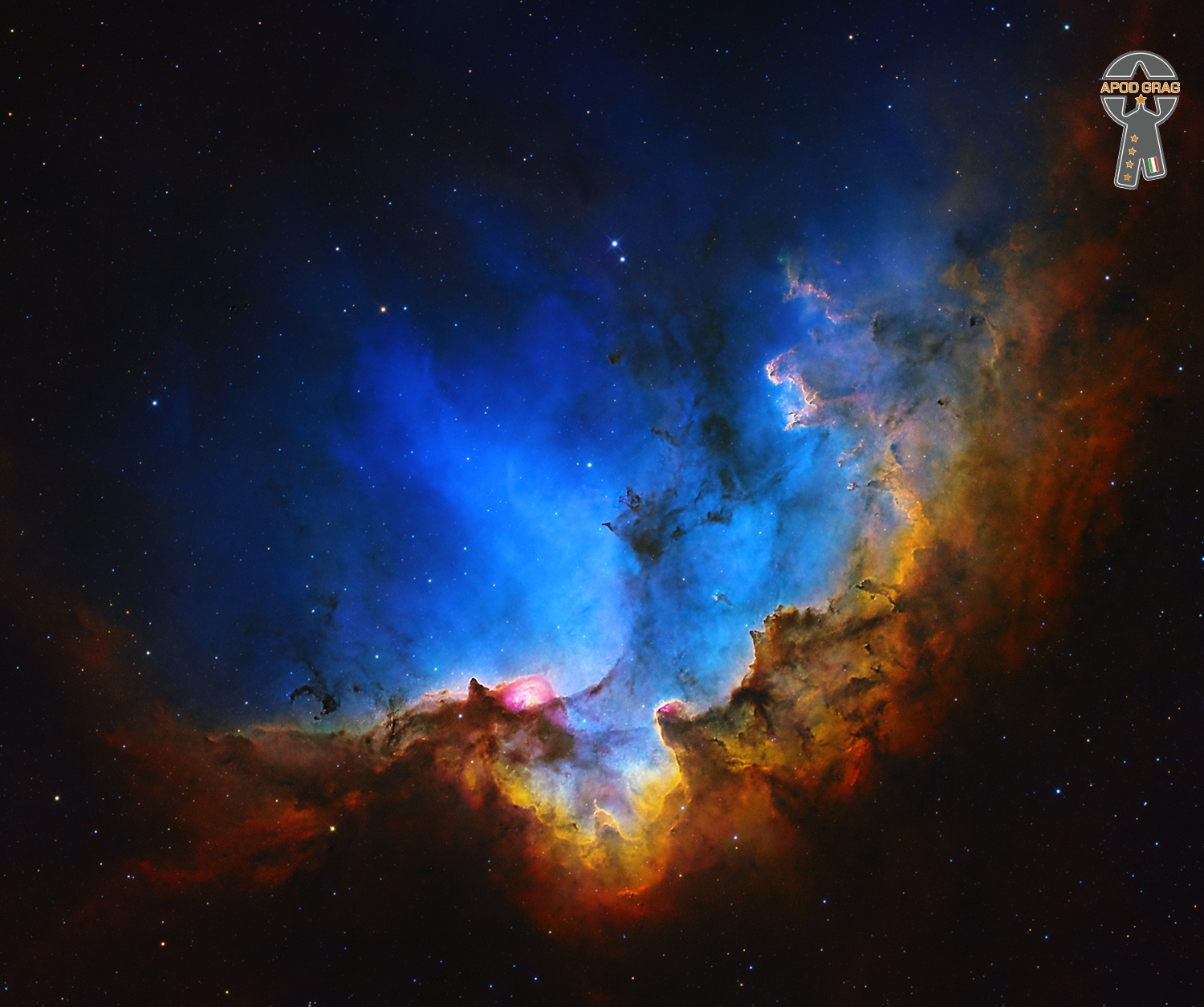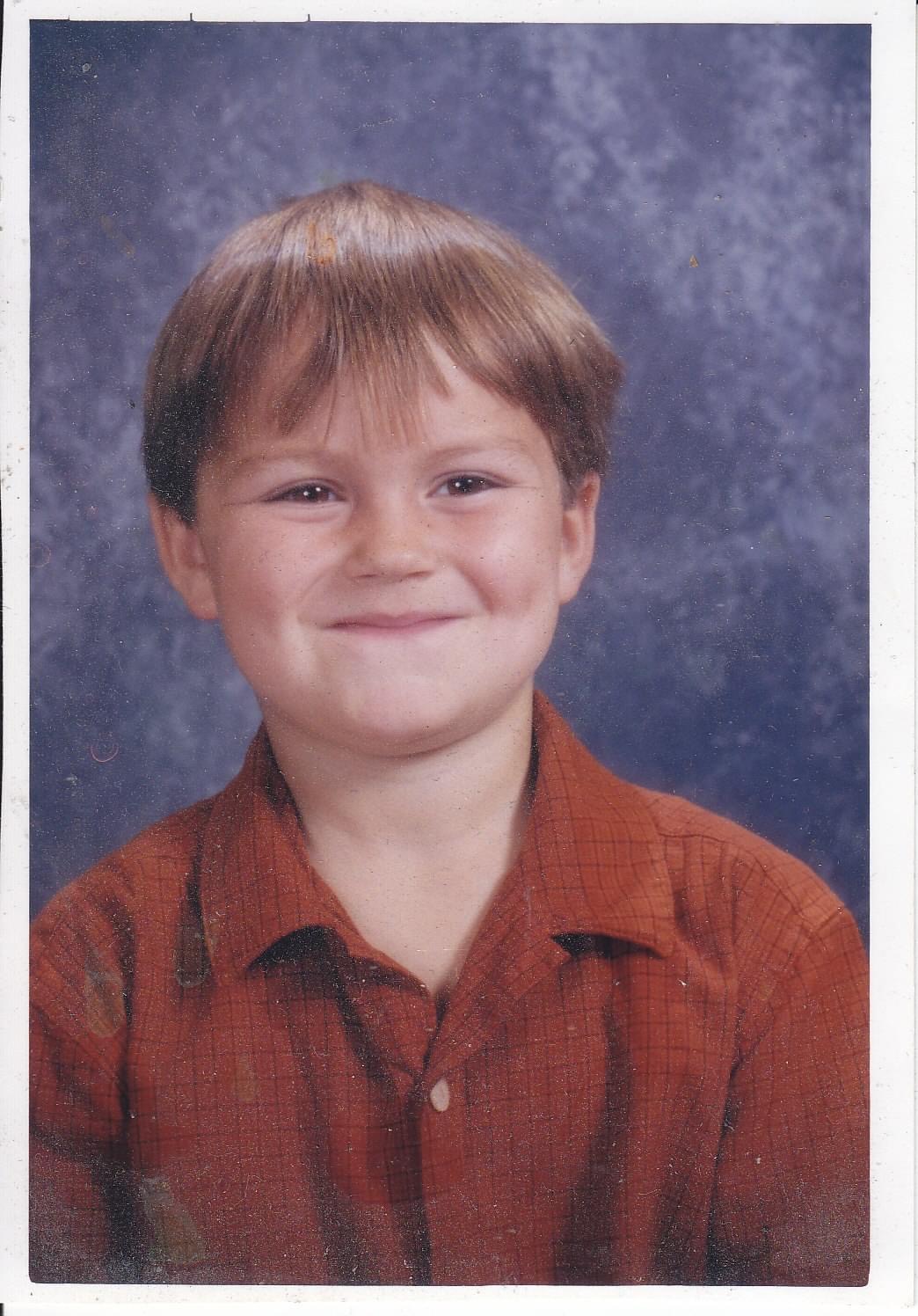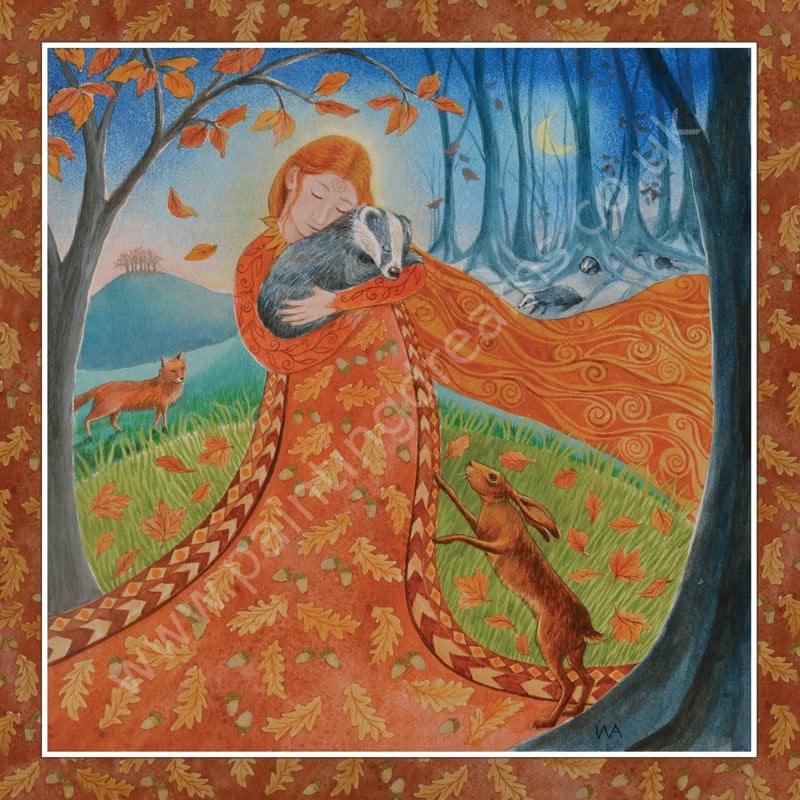Blog
The Sculptor Galaxy (also known as the Silver Coin, Silver Dollar Galaxy, NGC 253, or Caldwell 65) is an intermediate spiral galaxy in the constellation Sculptor. The Sculptor Galaxy is a starburst galaxy, which means that it is currently undergoing a period of intense star formation.

Theodore “Fats” Navarro (September 24, 1923 – July 6, 1950) was an American jazz trumpet player. He was a pioneer of the bebop style of jazz improvisation in the 1940s. He had a strong stylistic influence on many other players, including Clifford Brown.
Navarro was born in Key West, Florida, United States, of Cuban, African, and Chinese descent. He began playing piano at age six, but did not become serious about music until he began playing trumpet at the age of thirteen. He was a childhood friend of drummer Al Dreares. By the time he graduated from Douglass High School, he wanted to be away from Key West and joined a dance band headed for the Midwest.
Navarro gained valuable experience touring in bands, including Snookum Russell‘s territory band, where he met and influenced a young J.J. Johnson. Tiring of the life on the road, Navarro settled in New York City in 1946, where his career took off. He met and played with, among others, Charlie Parker. But Navarro was in a position to demand a high salary and did not join one of Parker’s regular groups. He also developed a heroin addiction, tuberculosis, and a weight problem. (He was nicknamed “Fat Girl” due to his weight and high speaking voice.) These afflictions led to a slow decline in health. Navarro was hospitalized on July 1, 1950, and he died five days later on July 6 at the age of 26. His last performance was with Charlie Parker on July 1 at Birdland.
more...Lemon Henry “Blind Lemon” Jefferson (September 24, 1893 – December 19, 1929) was an American blues and gospel singer-songwriter and musician. He was one of the most popular blues singers of the 1920s and has been called the “Father of the Texas Blues“.
Due mainly to his high-pitched voice and the originality of his guitar playing, Jefferson’s performances were distinctive. His recordings sold well, but he was not a strong influence on younger blues singers of his generation, who could not imitate him as easily as they could other commercially successful artists. Later blues and rock and roll musicians, however, did attempt to imitate both his songs and his musical style.
Jefferson was born blind, near Coutchman, Texas. He was the youngest of seven (or possibly eight) children born to Alex and Clarissa Jefferson, who were African-American sharecroppers. Jefferson died in Chicago at 10:00 a.m. on December 19, 1929, of what his death certificate said was “probably acute myocarditis“. For many years, rumors circulated that a jealous lover had poisoned his coffee, but a more likely explanation is that he died of a heart attack after becoming disoriented during a snowstorm. Some have said that he died of a heart attack after being attacked by a dog in the middle of the night.
more...more...By now my face was flooded with streams of memories Pouring over my entire life; You running by my side, around and around, weaving how our lives Were so intertwined, a Fabric of Yesterdays, not now’s no more; My baby-my life, daddy-daddy look, do you See My Face in the Moon?”
NGC 7380 is a young open clusterof stars in the northern circumpolar constellation of Cepheus, discovered by Caroline Herschel in 1787. The surrounding emission nebulosity is known colloquially as the Wizard Nebula, which spans an angle of 25′. German-born astronomer William Herschel included his sister’s discovery in his catalog, and labelled it H VIII.77. The nebula is known as S 142 in the 1959 Sharpless catalog (Sh2-142). It is extremely difficult to observe visually, usually requiring very dark skies and an O-III filter. The NGC 7380 complex is located at a distance of approximately 8.5 kilolight-years from the Sun, in the Perseus Arm of the Milky Way. 
Mohammad-Reza Shajarian (Persian: محمدرضا شجريان; Persian pronunciation:[mohæmːæd ɾeˈzɒː ʃædʒæɾiˈɒːn], 23 September 1940 – 8 October 2020) was an Iranian singer and master(Ostad) of Persian traditional music. He was also known for his skills in Persian calligraphy and humanitarian activities.Shajarian started his singing career in 1959 at Radio Khorasan, rising to prominence in the 1960s with his distinct singing style. His main teachers were Ahmad Ebadi, Esmaeil Mehrtash, Abdollah Davami, and Nour-Ali Boroumand. He also learned the vocal styles of singers from previous generations, including Reza Gholi Mirza Zelli, Fariborz Manouchehri, Ghamar Molouk Vaziri, Eghbal Azar, and Taj Isfahani. He has cited legendary Persian tar soloist Jalil Shahnaz as highly influential to his development, indicating that he has often tried to mimic Shahnaz’s playing style in his singing.
more...Leslie Coleman McCann (born September 23, 1935 Lexington, KY) is an American jazz pianist and vocalist.
more...Ray Charles Robinson Sr. (September 23, 1930 – June 10, 2004 Albany, GA) was an American singer, songwriter and pianist. He is regarded as one of the most iconic and influential singers in history, and was often referred to by contemporaries as “The Genius”. Among friends and fellow musicians he preferred being called “Brother Ray”.Charles was blinded during childhood, possibly due to glaucoma. Charles pioneered the soul musicgenre during the 1950s by combining blues, jazz, rhythm and blues, and gospel styles into the music he recorded for Atlantic Records. He contributed to the integration of country music, rhythm and blues, and pop music during the 1960s with his crossover success on ABC Records, notably with his two Modern Soundsalbums. While he was with ABC, Charles became one of the first black musicians to be granted artistic control by a mainstream record company.
more...John William Coltrane (September 23, 1926 – July 17, 1967 Hamlet, NC) was an American jazz saxophonist, bandleader and composer. He is among the most influential and acclaimed figures in the history of jazz and 20th-century music. Coltrane’s spiritual journey was interwoven with his investigation of world music. He believed in not only a universal musical structure that transcended ethnic distinctions, but also being able to harness the mystical language of music itself. His study of Indian music led him to believe that certain sounds and scales could “produce specific emotional meanings.” According to Coltrane, the goal of a musician was to understand these forces, control them, and elicit a response from the audience. He said, “I would like to bring to people something like happiness. I would like to discover a method so that if I want it to rain, it will start right away to rain. If one of my friends is ill, I’d like to play a certain song and he will be cured; when he’d be broke, I’d bring out a different song and immediately he’d receive all the money he needed.”
more...https://youtu.be/PtsUm1HVkoI?si=Iv0QKDuQM-oHVFZU
more...Beautiful view of South America from new images from the International Space Station ISS 
William Overton Smith (September 22, 1926 – February 29, 2020 Sacramento, CA was an American clarinetist and composer. He worked extensively in modern classical music, third stream and jazz, and was perhaps best known for having played with pianist Dave Brubeck intermittently from the 1940s to the early 2000s. Smith frequently recorded jazz under the name Bill Smith, but his classical compositions are credited under the name William O. Smith.
more...more...
Chief Sunday Adeniyi Adegeye MFR(born 22 September 1946), known professionally as King Sunny Adé, is a Nigerian jùjú singer, songwriter and multi-instrumentalist. He is regarded as one of the first African popmusicians to gain international success, and has been called one of the most influential musicians of all time.
more...Oliver “Tuku” Mtukudzi (22 September 1952 – 23 January 2019) was a Zimbabwean musician, businessman, philanthropist, human rights activist and UNICEF Goodwill Ambassador for Southern Africa Region.
The core of the Tangos is the letra, three or four octosyllabic lines. As with the Bulerías, the the first line is often repeated, and the repeated lines are balanced by a longer consequent phrase. Before a letra a Tangos may open with a guitar falseta or an estribillo, in which the singer sings a traditional melody with nonsense syllables (“le le le, ni, ni, etc.). The estribillo may return throughout the piece as a chorus after a letra. Once the letra begins it can be broken up several times with remates performed by the dancer. This usually occurs between the first and second line of the letra, and often occurs more frequently, giving the dance a improvisatory air. Thus, the letras themselves can be further broken up with remates or escobillas from the dancer or with guitar falsetas. A dancer may also choose to perform a long footwork passage accompanied by compás patterns from the guitarist and palmista (an escobilla performed “a palo seco” or dry, without guitar accompaniment). As in Bulerías, Tangos can end with a cierre – a closing pattern – that is based on a different set of chords than the letras. The dancer can also perform a cue (llamada) that leads into a traveling exit – a salida. It’s also common to end certain forms in flamenco with a macho, a transition into a faster, related form. Tangos wiil often end with a brief Rumba Flamenca. Similarly, Tientos will often end with a brief Tangos.
more...
